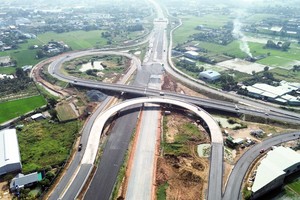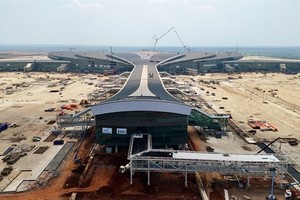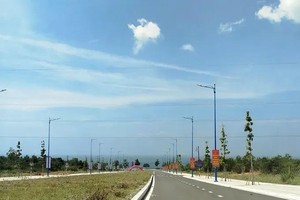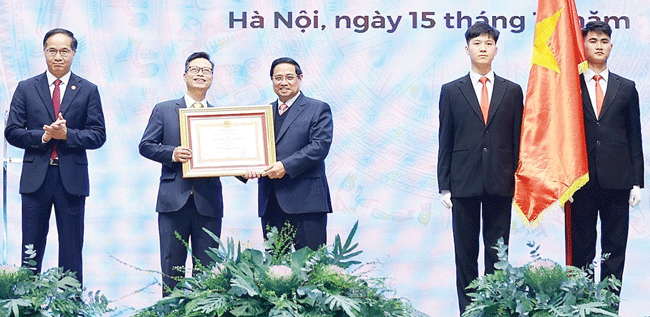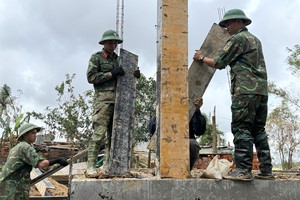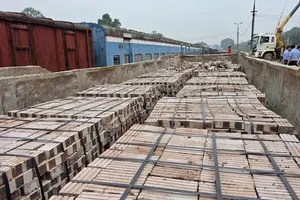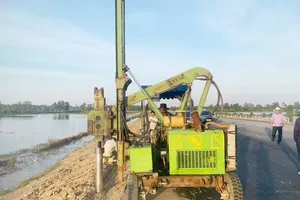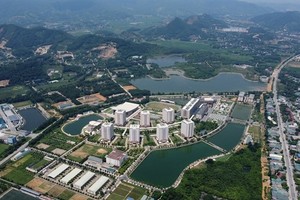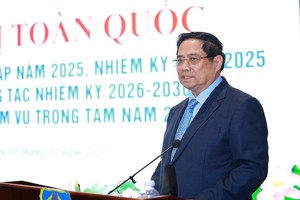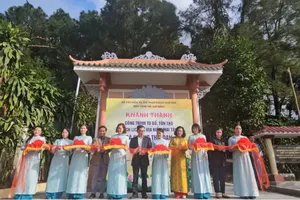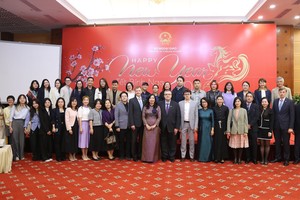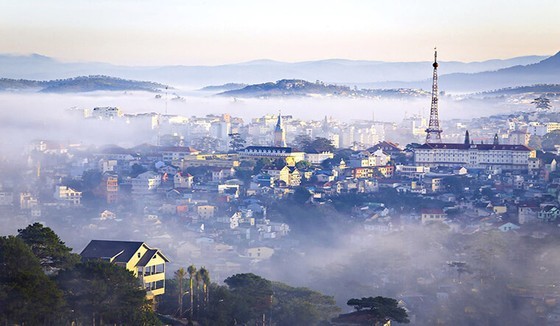 |
The town had a captivating allure that was unique and charming and unlike any other town in Vietnam.
However, now there is growing frustration in seeing this unique hill station gradually losing its quintessential charm of heritage architecture that is becoming overshadowed by more concrete modern-day constructions that are jarring to the eye and ruining the once quaint and natural surroundings.
Old architecture crumbling
Vietnam has two well-known heritage cities of Hue and Da Lat. Hue is known for its characteristic royal backdrop and history of feudal dynasties as it was once upon a time the ancient capital. Da Lat was patronized by the French colonists who developed it as a resort town because of its cool climate. The French built typical villas and planned the town with wide streets and quaint markets. Over the years, tourists have been visiting Da Lat mainly to enjoy this unique architecture, which unfortunately is being overshadowed by more modern-day construction.
The beautiful architectural villas of Da Lat were built over a period of three decades since the 1920s. Of these, the most well-known are the villas of Le Lai, Tran Hung Dao, Hung Vuong, Quang Trung, Le Hong Phong, Nguyen Viet Xuan, Huyen Tran Cong Chua, Huynh Thuc Khang, and Hoang Dieu. Da Lat also has many unique public architectural structures such as the Da Lat Railway Station, Nha Địa dư and the Da Lat Pedagogical College.
Over the years, due to a lack of proper maintenance, most of these heritage villas are now crumbling. Many villas are being used to house several cadres, officials, and state agencies who all have been unable to maintain the ancient structures. Now there is an ongoing project by Lam Dong province to restore the villas once again. As a result of this effort, the ancient villas of Le Lai and Tran Hung Dao have been upgraded, and many villas that were used for housing have been recovered and auctioned.
However, these efforts still fail to restore the extremely dilapidated state of the ancient heritage villas. For instance, the Tran Hung Dao ancient villa area has now been overtaken by a new neighborhood called Le Van Tam, when once it was a posh first-class villa covering an area of around 2,000 square meters, with a beautiful front and back garden running down to the valley below. Many of the nearly 100-year-old villas on Hoang Dieu Street are still being allowed to be used as dormitories and open public spaces.
Many of the major roads in the main areas of the town such as Hung Vuong, Tran Hung Dao, April 3, Le Hong Phong, Nguyen Dinh Chieu, and Huyen Tran Cong Chua have been raised about 2 meters higher than before which has led to the villas sinking down to only the roof level. Many architectural experts have spoken out about the decay and decline of Da Lat, but the situation continues to worsen.
With increasing urbanization, Da Lat is seeing the ancient villa area of Tran Hung Dao being obscured by block tube houses with nearby construction of new hotel buildings of around ten floors, even though regulations do not permit this. Many such high-rise buildings have cropped up along streets such as Hung Vuong Street and obscuring the ancient villas from view.
Restoring Cu Hill in Da Lat
Xuan Huong Lake and Cu Hill are located in the center of Da Lat along with the Cam Ly stream that divides Da Lat into two areas of West and East. Previously, Cu Hill was a public playground but in 1991 Cu Hill was bought up by a joint venture with a foreign DRI Joint Venture Company to be made into an eighteen-hole golf course. The entire old pine tree belt which had trees as high as ten meters and a diameter of nearly one meter was chopped down for a new plantation. Now after more than 30 years the canopy is still low and will never be able to recreate the landscape that was in the old days.
During the making of the golf course, there were many objections raised because Da Lat has no shortage of other suitable areas to develop a golf course. But since at that time it was the first joint venture tourism project with the largest foreign capital flow into the country worth USD 25 million, it could not be stopped. The lease term for land on Cu Hill is twenty years, and there were many arguments being raised if the province should continue to lease the land of Cu Hill for a golf course or return it back for public use. But the final decision was made to continue the lease for the golf course for another 20 years.
Recently, public opinion has been stirred for Cu Hill to be turned into a great construction site, as the government licensed investors to build a seven-story Golf Building. Many architects had vehemently protested, but all their protests were ignored, and the project was implemented.
Architect Tran Cong Hoa, who was born and raised in Da Lat and used to work at DRI Company, is deeply saddened by the current situation of his hometown. He says that in order to build an 18-hole golf course, 60 hectares of land are required, and urban areas have quite a large land fund. After more than 30 years of operation, the management of the company has reported a loss, and the amount paid to the budget is too small, so Da Lat is still poor from this project and lost more than it gained.
Many people believe that the construction of a seven-story golf club building with three floating floors only serves the purpose of achieving maximum profit for the investors only, and certainly ruining the natural landscape. Originally an open public park in the heart of the town was planned 30 years ago. Cu Hill in Da Lat had been fenced but now continues to be fenced. This area should have otherwise been a beautiful part of the heritage town of Da Lat for the general public to enjoy.
